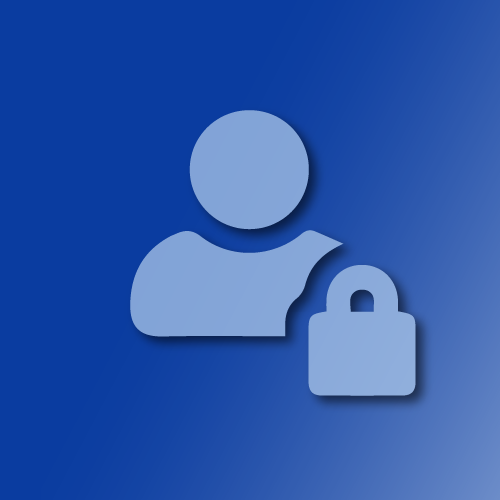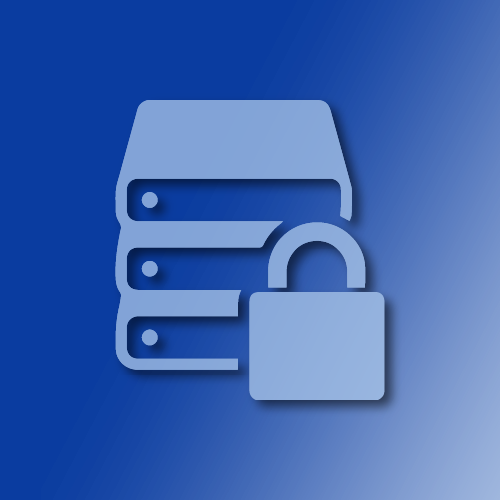
IT Support
E-mail: it-hjelp@uis.no
Phone: +47 51 83 30 00 (line open 08.00-15.30, closed between 11.30-12.00)
Service desk location: Kitty Kiellands building, ground floor. Opening hours: 9.00-14.30
Customer Survey 2024 from the IT Department
This year’s customer survey will be sent out by the IT department on Thursday, October 31th.
The survey will be conducted in Nettskjema and sent by email to employees and students from it.informasjon@uis.no
By participating in the survey, you will provide your perspective on how we can improve and what we are doing well. This is valuable information for us that we use in the further development of our services.
The survey is anonymous.
Automatic e-mail forwarding for all users at UIS will be disabled.
UiS-IT has decided to disable the possibility of automatic forwarding of e-mails to external addresses.
This change will apply to both employees and students at UiS.
Why are we making this change?
Automatic forwarding of emails to external addresses carries significant security risks, including:
- Phishing and Malware Spread: Auto-forwarding can make it easier for malicious actors to spread phishing emails or malware. If a compromised account has auto-forwarding enabled, this can be used to spread malicious content further.
- Data loss: Email forwarding can result in sensitive or confidential information being sent outside of the organization, which can result in privacy and data security breaches.
- Information security: When email is relayed outside your organization's domain, you lose control over how your information is handled. This can be particularly problematic in relation to regulations such as GDPR.
The change will take effect on Monday 23 September and then all e-mail will remain within UiS's e-mail system, ensuring that sensitive information does not go astray. The change will help protect your personal data and UiS confidential information from being compromised.
Disabling automatic forwarding is a security measure that has already been introduced at several comparable institutions.
What do you need to do in this regard?
To ensure that you always stay updated on information sent to your UiS email, we recommend that you make sure to set up access through an email program on your mobile and/or PC to avoid missing important messages. This also includes setting up two-factor authentication (MFA).
The email system at UiS is based on Microsoft 365, and we recommend Outlook as the default email program. Outlook can be run both in a web browser (webmail) and as locally installed software on PC or mobile devices (IOS/Android).
Employees who have received ICT equipment from UiS automatically have Outlook installed and ready for use on their computer. Students automatically get a Microsoft 365 account as a student at UiS and thus have a license to install Outlook on their own PC/Mac and log in with their UiS IT-user.
Complementary how-to articles for setting up Outlook and two-factor authentication (MFA):
For employees: The Service Portal
For studenter: https://www.uis.no/nb/studentsider/it-hjelp
We understand that this may cause some inconvenience and changes in work methodology for both employees and students, but with today's digital threat landscape, security and consideration for privacy is something that is a high priority at UiS.
If you have any questions or need help, please contact the IT Service Desk on tel. 51 83 30 00 or send an e-mail to it-hjelp@uis.no
Thank you in advance for your understanding and cooperation to maintain a high degree of data security at UiS.
Survey Xact will be terminated at UiS
It has been decided to terminate our campus license for SurveyXact at the end of 2024.
UiS currently has two primary tools for surveys, Nettskjema and Survey Xact. In order to avoid costs for several tools of the same type, it has been decided to terminate our campus license for Survey Xact at the end of 2024. We retain our campus license for Nettskjema so that this continues to be available to all students and staff.
What does this mean for the surveys I have in Survey Xact?
Current surveys in Survey Xact that are to be continued in 2025 must be transferred to Nettskjema. This requires that you build up the survey again in Nettskjema.
The online form has been developed by UiO and has much of the same functionality as Survey Xact. In addition, it also contains support for a voice recorder (own app) and transcription, typically used in interviews.
If you have questions, these can be directed to it-hjelp@uis.no
The Microsoft authentication service is to be changed.
The custom UiS login page will be replaced with the standard Microsoft login page
The login page where you select Universitetet i Stavanger or Feide, will be replaced with the default Microsoft login page. Username and password is as before. Feide services are not affected.







